Chicago School became paramount during the decade after the Chicago fire in 1871, which gave birth to the first modern skyscrapers.
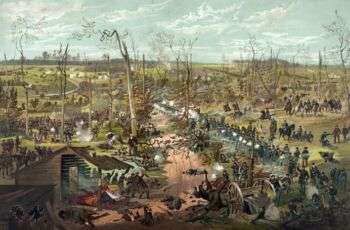
Image source: https://search.creativecommons.org/photos/730e6f0d-47e0-40c2-b22b-2e8410e6b818 by exit78
The Winds of Change
After the 1871 Chicago Fire, new buildings had steel structures designed to be fire-proof. The early structures from the First Chicago School featured traditional load-bearing walls with bricks and stones, yet the metal skeleton frame allowed the architects to project skyscrapers. William Le Baron Jenney built the world’s first completely iron-and-steel-framed edifice in the 1880s.

Image source:https://search.creativecommons.org/photos/4b88fc53-9267-4cba-9958-be03743efce9 by Teemu008
Chicago School Characteristics
The architecture of this movement is rational, functional, and the first architecture completely detached by European tradition. The adoption of steel was in contrast to Henry Hobson Richardson’s aesthetic principles, which rejected the concept of metal-framed building, in favor of European-style structures like his Trinity Church in Boston.
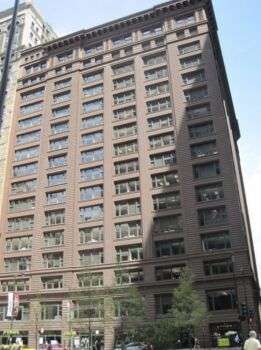
Image source: https://search.creativecommons.org/photos/93d5b253-c726-4a23-be9b-49d1f0b710fd by Teemu008
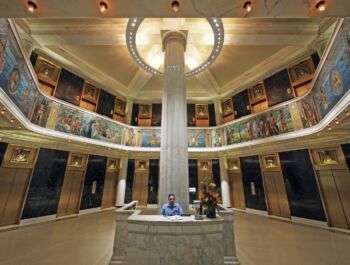
Image source: https://search.creativecommons.org/photos/378727f6-f40f-46d1-b602-071a02d8987c by John Picken
Icons of the Chicago School
The artists associated with this movement were Daniel Burnham who worked with John Root, William Holabird, Martin Roche, and Louis Sullivan, who is associated with Dankmar Adler. Here are important works from these designers:
- Architects Burnham and Root built the Monadnock Building between 1889. Unfortunately, Root died at the age of 41, during the construction of the edifice. At the same time, John Root and Daniel Burnham had the responsibility for the construction of the World’s Columbian Exposition, which opened the following year. Most of the buildings that preceded used their outside walls for support, but this one needed strong and heavy supporting walls. The Monadnock played on a floating foundation system projected to revolutionize the method for building on the “Windy City’s” spongy soil.
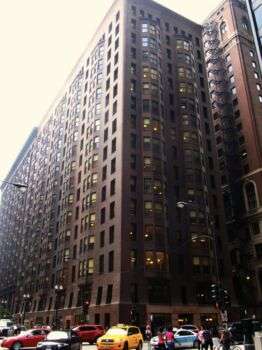
Image source: https://search.creativecommons.org/photos/aef746dc-7371-4c9c-85e7-3a7d6f286e00 by Ken Lund
- The Auditorium is one of Chicago School’s masterpieces. It combined Dankmar Adler‘s engineering creativity with Louis Sullivan‘s architectural virtuosity, and innovations in foundation technology allowed the construction of spongy land. Further, the latest techniques gave the building uninterrupted spans.
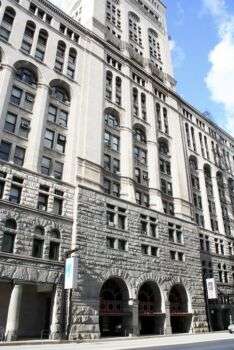
Image source:https://search.creativecommons.org/photos/c4c39682-7e8f-4d39-aff7-4979804ffdca by Marit & Toomas Hinnosaar
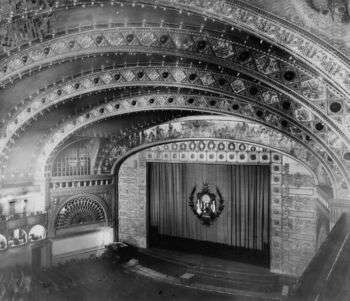
Image source: https://en.wikipedia.org/wiki/Auditorium_Building_(Chicago)#/media/File:Chicago_Auditorium_Building,_interior_from_balcony.jpg
Info source:
